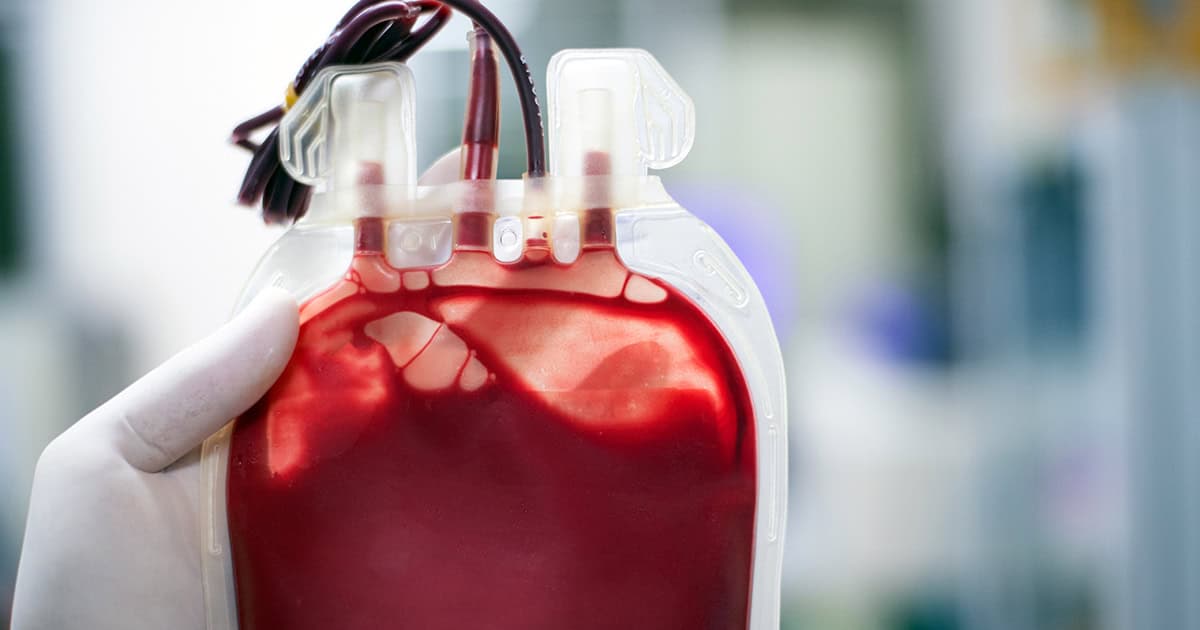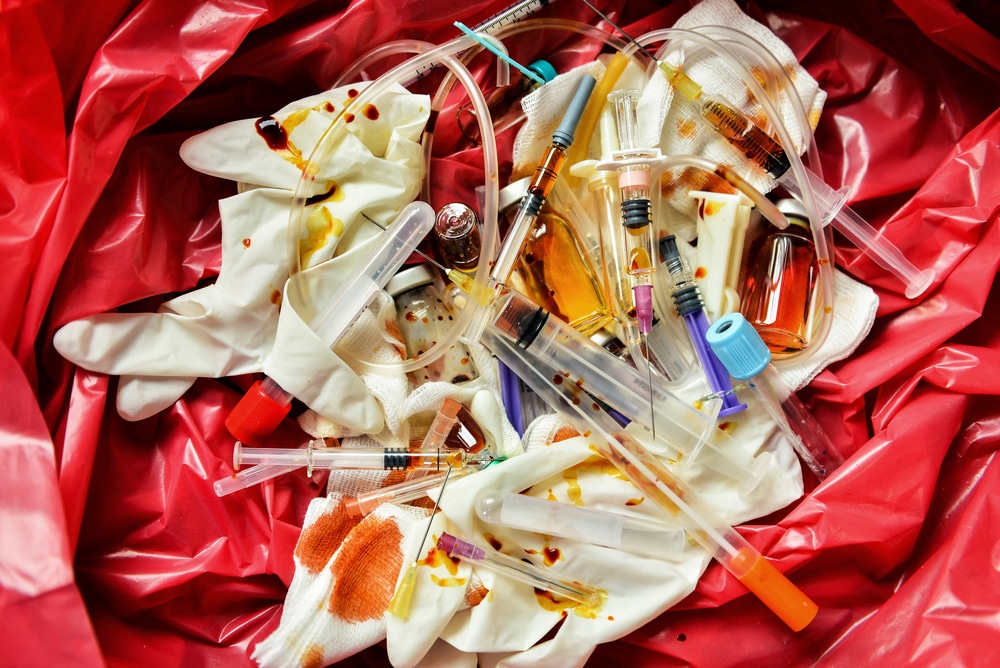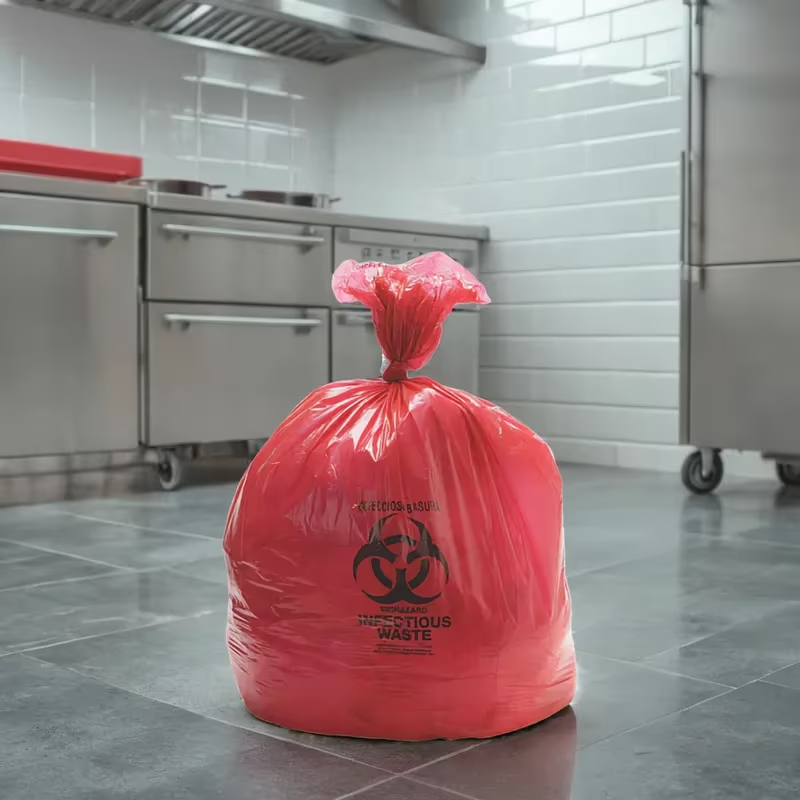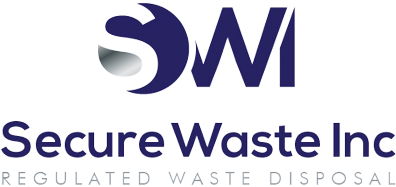Understanding Regulated Waste: Your Go-To Guide For 2025 Expert Solutions Shared By Secure Waste
Are you curious about regulated waste and what it means for you? Look no further! This comprehensive guide includes everything you need to know about regulated waste in 2025. From its definition to the latest regulations, we’ve got you covered! Dive in and discover how to navigate this essential topic easily and confidently!
Regulated Waste Disposal Quote “Click Here”
Regulated Medical Waste: A Better Understanding Starts Here
While there isn’t a one-size-fits-all definition of medical waste, many regulatory agencies provide similar guidelines. Federal and state agencies typically distinguish between everyday medical waste and those that pose infection risks, highlighting the importance of taking special precautions. Some states opt for broader definitions, while others specify categories of infectious waste. Certain states, like Nevada, have embraced federal definitions, ensuring consistency and safety. This collaborative approach helps us all contribute to a healthier environment!
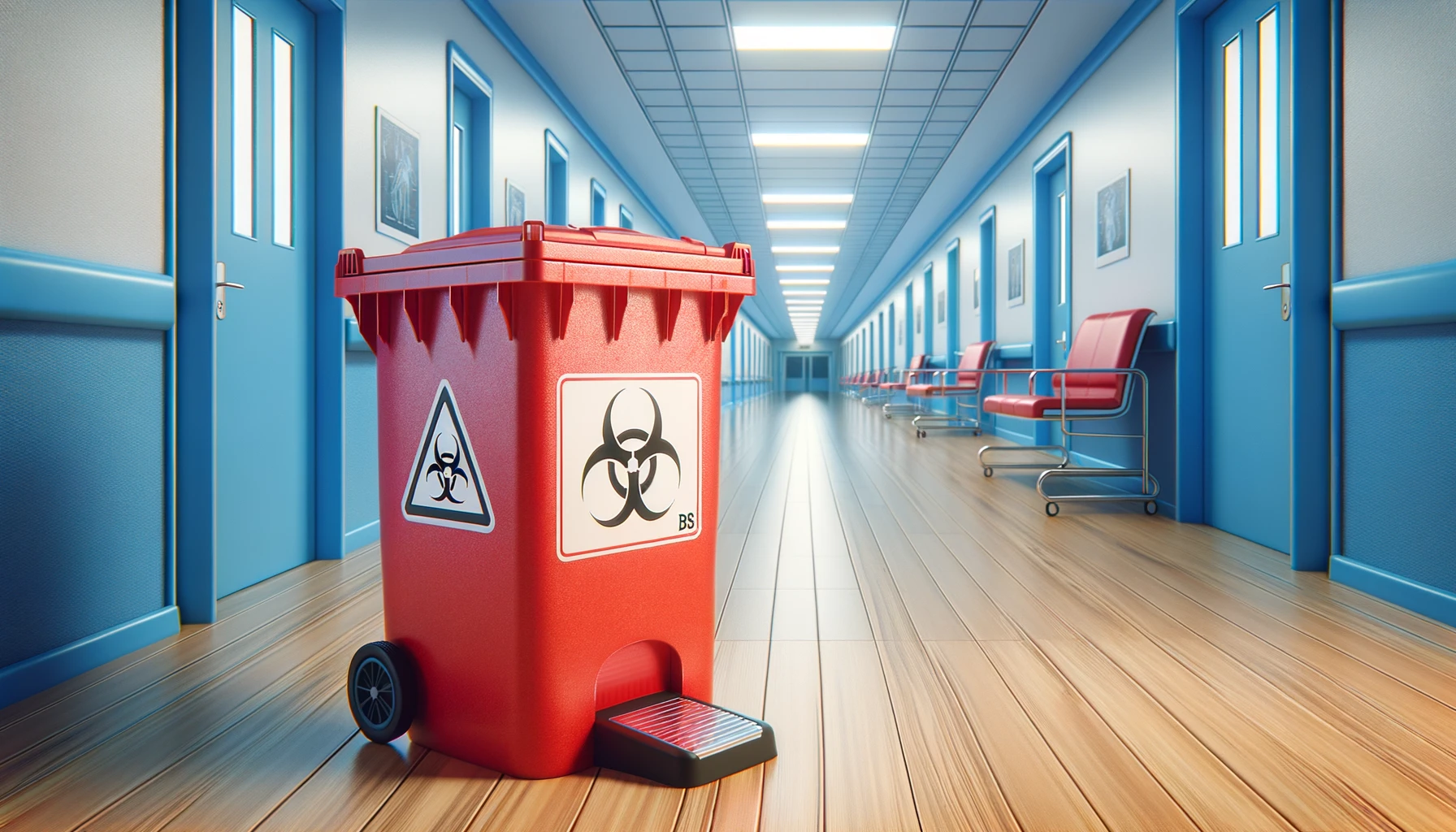
Discover the significance of regulated waste and arm yourself with the ultimate guide for safe and responsible disposal practices
Regarding medical waste, certain types are closely monitored by states to ensure safety and proper handling. Here are six common categories of medical waste that often fall under regulation:
- Pathological waste. Tissues, organs, body parts, and body fluids are removed during surgery and autopsy.
- Human blood and blood products. Waste blood, serum, plasma, and blood products.
- Cultures and stocks of infectious agents (microbiological waste). Specimens from medical and pathology laboratories. Includes culture dishes and devices used to transfer, inoculate, and mix. It also includes discarded live and attenuated vaccines.
- Contaminated sharps. Contaminated hypodermic needles, syringes, scalpel blades, Pasteur pipettes, and broken glass.
- Isolation waste. Generated by hospitalized patients isolated to protect others from communicable diseases.
- Contaminated animal carcasses, body parts, and bedding. From animals intentionally exposed to pathogens in research, biological production, or in vivo pharmaceutical testing.

More In-Depth Review Of Regulated Medical Waste EPA
Dive deeper into the fascinating world of waste management! In the following sections, we’ll explore the various waste types in greater detail, uncovering their unique characteristics and implications. Stay tuned for an insightful journey!
What Is Pathology and Anatomy Wastes?
Definition: All human anatomical wastes and all wastes that are human tissues, organs, or body parts removed by trauma during surgery, autopsy, studies, or another hospital procedure, which is intended for disposal.
It is essential to understand the distinction between anatomical and pathological waste. While both are wastes derived from the human body, pathological wastes are unique. These are typically tissue samples examined in a laboratory setting to understand the nature of the disease or affliction from which a patient suffers. For the most part, pathological waste refers to tiny tissue sections and body material derived from biopsies or surgical procedures examined in the lab. Anatomical wastes are typically distinguished as recognizable human organs, tissue, and body parts and may require special treatment under some state regulations.
Some states do not consider hair, teeth, or nails pathological/anatomical waste.
Bulk human blood, blood products, bulk body fluids, or other potentially infectious material
(OPIM- as defined by OSHA)
Definition: Bulk waste human blood, human blood components or products derived from blood including serum, plasma and other blood components, or bulk human body fluids as defined by OSHA to include the following human body fluids: semen, vaginal secretions, cerebrospinal fluid, synovial fluid, pleural fluid, pericardial fluid, peritoneal fluid, amniotic fluid, saliva in dental procedures, any body fluid that is visually contaminated with blood, and all body fluids in situations where it is difficult or impossible to differentiate between body fluids.
This category includes samples of these fluids taken in hematology labs, drainage from surgery, and urine or feces when visibly contaminated by blood.
Secure Waste Explains Microbiological Waste
Definition: cultures, stocks of infectious agents, and associated microorganisms and biologicals. Discarded cultures, culture dishes, and devices used to transfer, inoculate, and mix cultures, stocks, specimens, live and attenuated vaccines, and associated items if they are likely to contain organisms likely to be pathogenic to healthy humans. Discarded etiologic agents and wastes from the production of biologicals and antibiotics likely to have been contaminated by organisms likely to be pathogenic to healthy humans. Waste that originates from clinical or research laboratory procedures involving communicable infectious agents.
Sharps Needle And Sharps Containers Better Explained
Definition: Items that can induce subdermal inoculation of infectious agents or that can easily penetrate the skin, puncture waste bags and cardboard boxes, sharps that have been used or are intended to be used in human or animal patient care or medical, research, or industrial laboratories, including hypodermic needles, syringes, Pasteur pipettes, capillary tubes, broken glass from the laboratory including slides and slide covers, razor blades, and scalpel blades.
Sharps require special handling and packaging under both OSHA and DOT. Be sure to refer to your state’s guidelines when identifying items as sharps. There is confusion that often needleless injection devices, heel lancers, and retractable or needle destruction technologies are considered sharps as well.
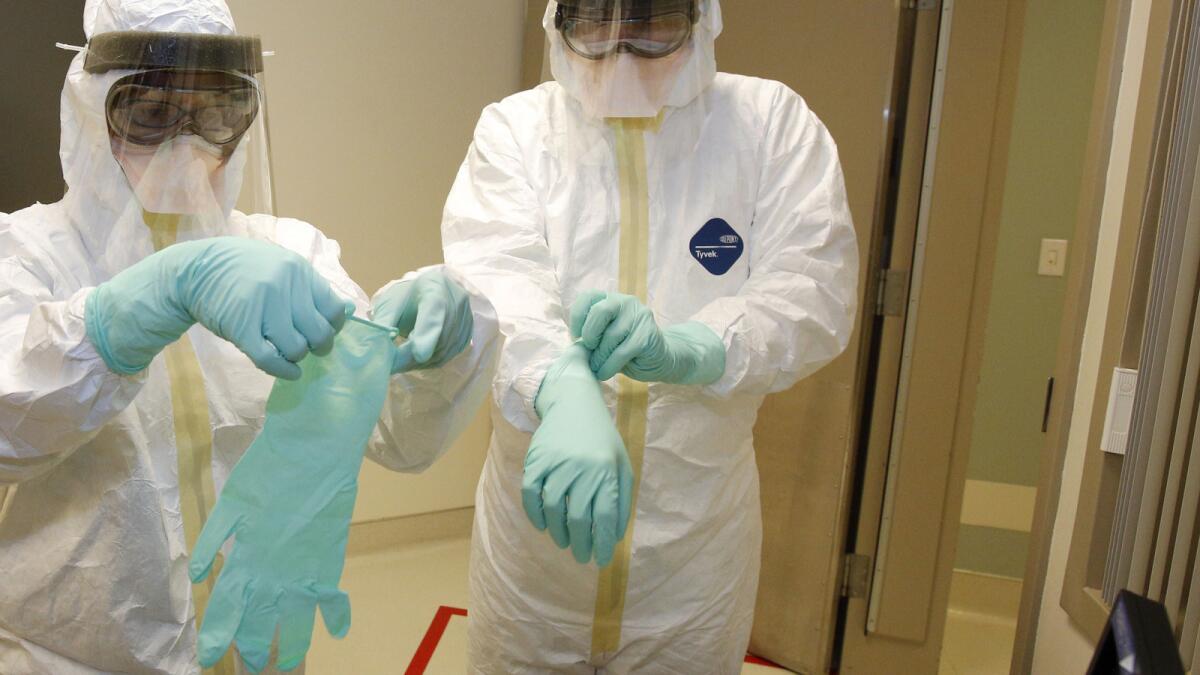
Isolation Wastes (Wastes from Highly Communicable Diseases)
Definition: biological waste and discarded materials contaminated with blood, excretion, exudates, or secretion from humans or animals who are isolated to protect others from highly communicable diseases (Lassa fever virus, Marburg virus, monkeypox virus, Ebola virus, and others (see Table 1. Summary of BSLs).
Animal Waste And Disposal
Definition: animal carcasses, body parts, bedding, and related wastes that may have been exposed to infectious agents during research, production of biologicals, or testing of pharmaceuticals.
Regulated Medical Waste Review:
Regulated waste includes specific categories that must be managed with care: medical, hazardous, radioactive, universal, and asbestos materials. Medical waste, especially sharps, demands strict adherence to safety protocols, requiring puncture-resistant containers for disposal at designated facilities. Failing to follow proper waste disposal methods can lead to severe consequences such as environmental contamination, threats to public health, and significant legal liabilities. It is crucial to stay informed and act responsibly to create a safer, healthier community for all!
In closing, now that you know the definitions and categories of Regulated Waste, you can contact Secure Waste if you need help. We provide reliable, compliant, eco-friendly Biomedical waste disposal solutions for your facility’s needs. We have expertise in biomedical, hazardous waste, and Sharps container disposal. In addition, we provide customized waste management plans, including secure collection and transport and sustainable disposal practices.
Please contact us today for a FREE Waste Assessment or request a quote online.
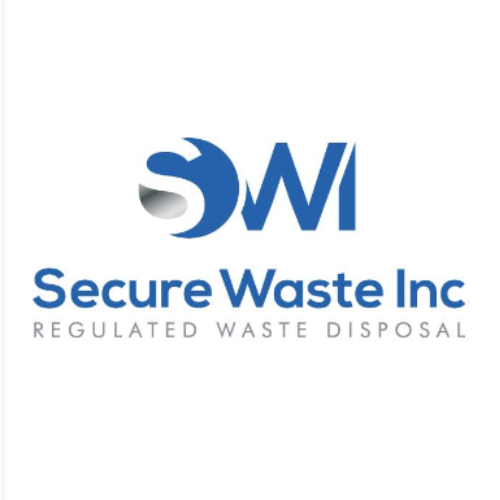
Expert Medical Waste Management: With over 25 years of industry experience, Secure Waste is a trusted local leader in hazardous and biohazardous waste disposal across Maryland, Virginia, and Washington, D.C. Specializing in medical waste management, sharps needle disposal, and biohazard waste removal, the company ensures full compliance with federal, state, and local regulations while prioritizing environmental sustainability.
The company also offers additional services, including secure document shredding and sharps container sales, providing comprehensive solutions for healthcare facilities and businesses. Our cost-effective services help clients maintain regulatory compliance without unexpected costs.
With a commitment to customer satisfaction, Secure Waste offers tailored waste management plans that align with industry best practices. Their team of experts provides reliable, timely, and compliant services, making them the preferred choice for medical waste disposal. For a free waste quote or more information, visit www.securewaste.net


